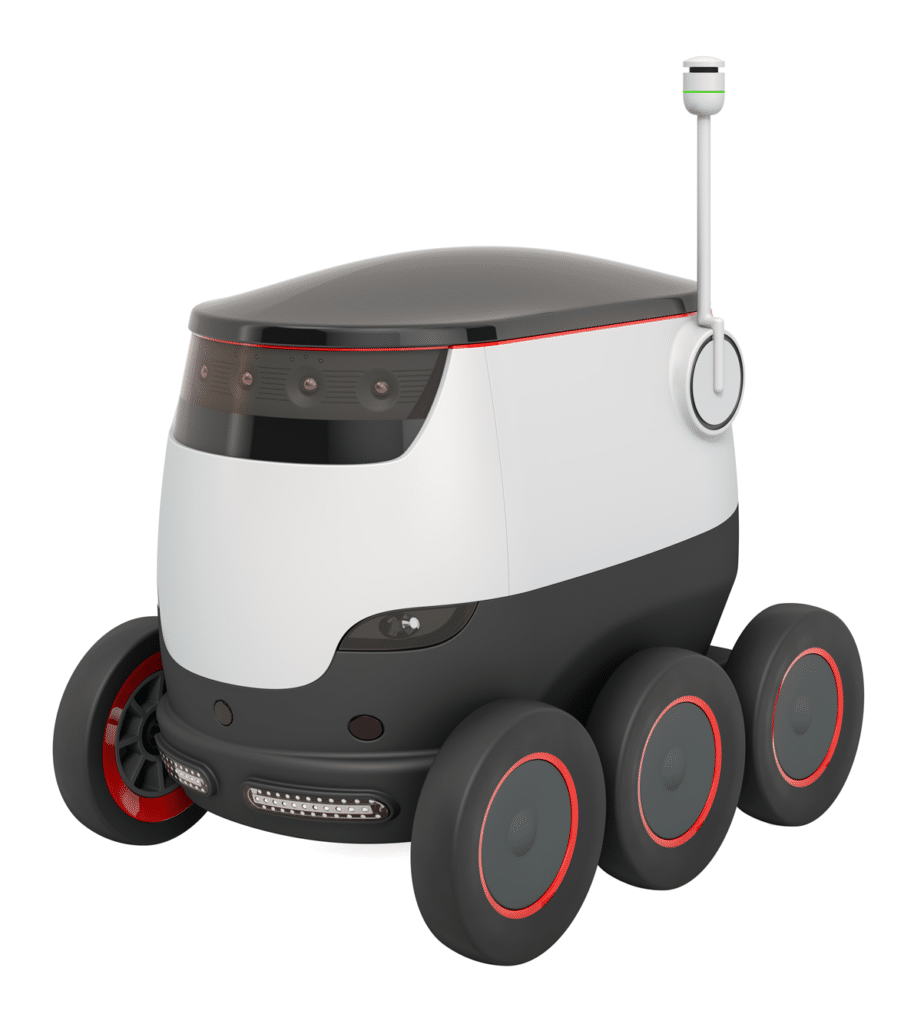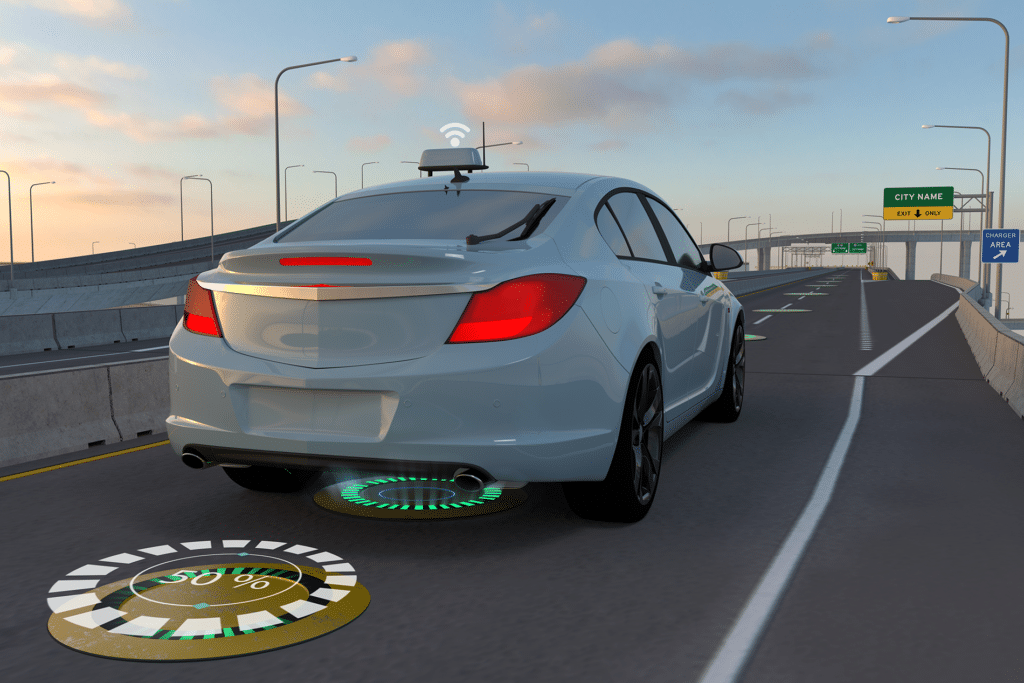Mobility, Electrification, & Parking: Do They Go Together?
The ambitious goals are set. We’re in a race to create sustainable, energy-efficient, and low-carbon technologies in mobility. We also need to provide safe, convenient modes of transportation options without adding to traffic congestion, pollution, or hassle. Furthermore, the national electrification goal is by 2030, hybrid or electrified vehicles should represent 51 percent of all U.S. vehicle sales. Got it? Those targets are only a few years away. As the space gets more crowded, what are the trends and, most importantly, how does this affect parking?
How Soon is Now?
The Infrastructure Bill was signed into law in November. This bipartisan bill amounts to $1.2 trillion or $550 billion over five years of new federal investments in U.S. infrastructure. This gives funding to states, cities, airports, and authorities for projects ranging from bridges and roads to investments in the efficient transport of goods and services. Or, as we say, curb management.
As funding may now be available, we have an opportunity to test and/or adapt these into our programs. New technologies will affect our on and off-street operations, infrastructure, and our policies. We may be managing future projects related to connected infrastructure, shared data, and perhaps curb parking subscriptions. In the past, a vehicle’s true value was its hardware and a parking space was valued from the revenue it generated minus the cost per space. With the electrification of mobility, those values may change. Both may now be considered platforms providing services, goods, and access to information for multiple users.
Last Mile-Delivery Robots

Some delivery companies have semi-automatic bots (robots) in their fleets that can be remotely operated to deliver goods or items to customers at short distances. Although there are different types of bot models, it’s essentially an eco-friendly last-mile solution using non-humans for urban deliveries. This could pave the way as an alternative to vehicle curb management on streets. Instead of reconfiguring lanes and/or losing revenue by eliminating spaces, delivery bots are configured to roll on sidewalks. This could reduce the number of delivery drivers looking for places to unload, idle, and take up valuable space at the curb. These mobile units are composed of high-tech sensors that can gather information on their surroundings and detect traffic lights to safely and efficiently complete their deliveries on time. Although it may be too early to determine if you’ll be seeing bots in your city or university, as long as delivery services remain a mainstay, last-mile innovative ideas like this will continually evolve.
Mobility Wallets
Transit, shared mobility and multi-modal structures that include scooters, e-bikes along with parking charges are challenged by the fragmentation of systems. Coordinating payments in virtual wallets may advance ridership and adoption rates with a seamless user experience that is now expected. With one central wallet, managers will also have access to mobility behavior patterns. Using data is critical when matching people to the right mobility options.
Mobility Incentives for Employees
To help promote advanced MaaS (Mobility-as-a-Service) and MOD (mobility on-demand), some states advocate for an employer’s exemption in providing commuter benefits to employees. Allowable benefits include commuter highway transportation, transit, qualified parking, and biking commuting programs. Adding multi-modal programs and newer services such as MaaS or newer mobility concepts may help incentivize more employees into using alternative modes of transportation to work.
Vehicle Electrification
The electrification of vehicles, especially in heavy-duty fleets, is expected to improve air quality, decrease CO2 pollution, and boost economic sustainability. However, that also means we need to be ready for millions of EVs on the roads in the next 10 years. This massive undertaking of installing, operating and maintaining EV charging infrastructure is challenging. As of today, 23 states have implemented some form of purchase incentives making EVs affordable to the general public. Auto dealers are also becoming creative, such as including the availability of PHEVs (plug-in hybrid electric vehicles) and BEVs (battery electric vehicles) to be purchased, leased or paid via subscription models. In cities and universities, the loss of parking revenue added with EV charging infrastructure costs may result in offsetting costs with EV registration fees, utility funding or VMT (vehicle mileage traveled) costs.
Race for Battery Innovation
Batteries hold the key to the transformation from fossil fuels to electrification. The growing popularity of EVs exposes the performance of batteries, accessibility of EV charging stations, and range anxiety. Even if you have access to charging, consider the time difference between a 3 to 4-minute fossil fuel up compared to over 30 minutes for an EV charge (EVs>300 miles). The race is on for developing batteries that can charge in less than 10 minutes and and that are half the size.
EV-Charging Readiness
With the rapid growth of EV sales and the national electrification goals by 2030, EV charging infrastructure must be built in the next three to five years to accommodate more EVs on the road. There are three levels of EV charging:
EV Level 3 (DCFC/DC Fast Charging)
- Public
- Three to 20 Miles Per Minute
- Uses direct current (DC)
EV Level 2
- Overnight and convenience charging, home, work and public
- Charging Speed: 12 to 80 Miles per hour
- Requires a 100-amp 208-240V dedicated circuit
EV Level 1
- Long-term parking, home, workplace, (PHEVs) and micro-mobility
- Charging Speed: Three to five Miles per hour
- Ues a common 120-volt household outlet
Internet of Vehicles (C-V2X)
The standardization of Cellular Vehicle-to-Everything (C-V2X) technology is designed to connect vehicles to each other, to roadside infrastructure, map digital “twin” information, and enable other cloud-based services. Working independently from cellular networks, C-V2X allows for the accessibility of vehicle streamed data to smart infrastructure.
CAVs
Achieving a world of connected and automated vehicles (CAVs) may take decades. However, to get there sooner, R&D has been proposed to create smart corridors with designated and managed CAV lanes. These lanes can be used to test the performance of emerging technologies and CAV networks. With extensive public-private-partnerships, the lanes could enable vehicles to connect with infrastructure to communicate speed, road construction, first responder information, and allow drivers to drive semi-automatically.
For example, the Ontario Road Information Exchange (ORIE) has streamlined data sharing between 200+ Ontario municipalities to counter municipal silos. This enables a dedicated CAV lane that is digitally mapped in preparation for enabling mobility solutions to the public across municipalities.
The Wireless Road Ahead—Electronic Road System (ERS)
To accelerate the adoption of EVs, there is technology that electrifies roads so electric vehicles are charged wirelessly while driving. Perhaps more scalable than building thousands of charging infrastructures with poles and suspended cables. Instead, EVs are charged while moving as energy from the grid is carried through the air from coils on ERS to the EV vehicle. Just as smart phones are capable of charging wirelessly, countries such as Sweden and Germany are testing the capability of wireless roads (ERS) today.
We do what we’ve always done well, test, evaluate and test again. Mobility, electrification, and parking will have to work together in an interconnected future. The user expects a seamless experience with mobility options, cleaner environment, and the adoption to electrification is a national goal. The shift has already begun but as the pandemic has taught us we must be ready to adapt, pivot but also still lead the charge. ◆



